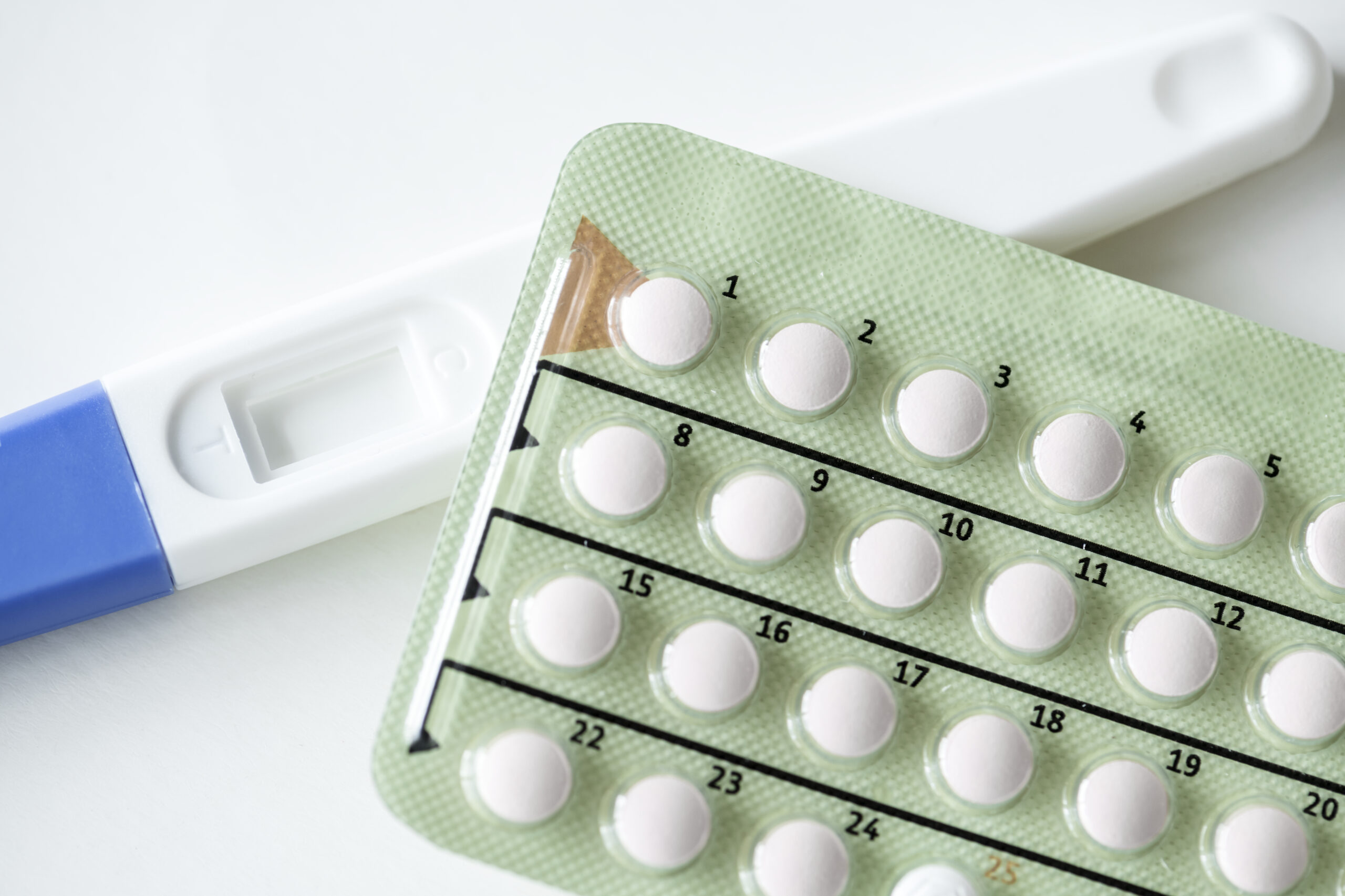Post-Roe America: How OTC Birth Control Impacts Women's Health

Table of Contents
Increased Accessibility and its Implications
The shift towards greater availability of OTC birth control offers both opportunities and challenges.
Convenience and Affordability
Increased access to OTC birth control significantly improves convenience and affordability. This is particularly crucial for women in underserved communities who may face financial and geographical barriers to accessing healthcare.
- Examples of OTC options: While the specific options available vary by location, some common examples include certain types of condoms, emergency contraception (like Plan B), and potentially other hormonal methods in the future.
- Cost comparison: OTC birth control is often cheaper than prescription methods, reducing the financial burden on individuals. This is especially significant for women without health insurance or with high deductibles.
- Insurance coverage: While some insurance plans may cover OTC birth control, many do not. This disparity highlights the ongoing need for affordable and accessible options.
These factors contribute to improved reproductive healthcare and greater control over family planning. The ease of access provided by over-the-counter birth control empowers women to make informed choices about their reproductive health.
Potential for Misinformation and Self-Medication
While increased accessibility offers numerous advantages, it also introduces potential risks. The ease of access to information, both accurate and inaccurate, via the internet can lead to misinformation and unsafe self-medication practices.
- Importance of accurate information: Reliable information regarding safe birth control use and potential side effects is crucial. Misinterpreting information online could result in ineffective contraception or health complications.
- Potential for adverse effects: Incorrect usage of OTC birth control can lead to unintended pregnancies or health problems. Clear labeling and accessible educational materials are vital to mitigate these risks.
- Role of education and clear labeling: Government regulations and public health campaigns must emphasize the importance of responsible self-care, clear labeling, and access to accurate information regarding birth control information. This collaborative effort ensures that women are empowered to make informed decisions.
Impact on Unintended Pregnancies and Abortion Rates
The availability of OTC birth control has significant implications for unintended pregnancy and abortion rates.
Preventing Unintended Pregnancies
Increased access to readily available and affordable birth control methods has the potential to significantly reduce unintended pregnancy rates.
- Statistics on unintended pregnancy rates: Studies show a strong correlation between increased access to contraception and lower rates of unintended pregnancies.
- Correlation between birth control access and pregnancy rates: Improved access to various birth control options, including OTC methods, can lead to a decrease in both the overall number of pregnancies and those resulting from unintended circumstances.
- Discussion of potential long-term societal impact: A reduction in unintended pregnancies could have substantial positive impacts on public health, social welfare systems, and individual lives.
Limitations and Considerations
It's crucial to acknowledge that OTC birth control is not a foolproof solution. Its effectiveness varies depending on the method used and its consistent application.
- Effectiveness of different methods: The effectiveness of different OTC birth control options differs significantly. Users need to understand these variations and choose a method suitable for their individual needs and lifestyle.
- Importance of consistent usage: All birth control methods are more effective when used consistently and correctly. Inconsistent use significantly increases the risk of unintended pregnancy.
- Discussion of other factors contributing to unintended pregnancies: Many factors contribute to unintended pregnancies, including access to sexual health education, socioeconomic factors, and cultural norms. Addressing these broader issues is critical alongside improving birth control access.
The Role of Healthcare Providers and Public Health Initiatives
Healthcare providers and public health initiatives play a pivotal role in ensuring the safe and effective use of OTC birth control.
Education and Support
Comprehensive education and support systems are essential for maximizing the benefits of OTC birth control and minimizing potential risks.
- Importance of comprehensive sex education: Age-appropriate and comprehensive sex education is crucial in teaching young people about responsible sexual behavior, various birth control methods, and their effectiveness.
- Access to reliable health information: Easy access to accurate and reliable information on birth control, from trusted sources, is essential for making informed choices.
- Role of telehealth and online resources: Telehealth platforms and reliable online resources can significantly expand access to information and support for women, especially those in remote areas or with limited mobility.
Addressing Health Disparities
Increased access to OTC birth control presents an opportunity to address existing health disparities impacting women of color and low-income women.
- Discussion of barriers to access: Socioeconomic factors, geographical location, and cultural barriers often disproportionately affect access to healthcare and birth control for marginalized communities.
- The need for targeted interventions: Targeted public health interventions are necessary to address these disparities and ensure equitable access to OTC birth control for all women.
- Potential for reducing health inequities: Wider access to affordable and convenient OTC birth control has the potential to significantly reduce health inequities related to reproductive health.
Conclusion
The availability of over-the-counter birth control in Post-Roe America presents a complex picture. While increased accessibility offers significant benefits in terms of convenience, affordability, and potential reduction in unintended pregnancies, it also necessitates a strong emphasis on responsible self-care, accurate information, and supportive healthcare systems. Addressing the potential for misinformation and ensuring equitable access to resources for all women, particularly those in underserved communities, remains critical. To learn more about affordable birth control options and make informed decisions about your reproductive health, consult your healthcare provider or seek reliable information from trusted sources like the Planned Parenthood website or your local health department. Continued advocacy for comprehensive reproductive healthcare access, including access to a range of birth control methods, is essential in a post-Roe world.

Featured Posts
-
 Unintended Consequences Who Bears The Brunt Of Trumps Economic Plans
Apr 22, 2025
Unintended Consequences Who Bears The Brunt Of Trumps Economic Plans
Apr 22, 2025 -
 16 Million Fine For T Mobile Three Years Of Security Lapses Result In Major Penalty
Apr 22, 2025
16 Million Fine For T Mobile Three Years Of Security Lapses Result In Major Penalty
Apr 22, 2025 -
 Death Of Pope Francis A World Mourns A Compassionate Leader
Apr 22, 2025
Death Of Pope Francis A World Mourns A Compassionate Leader
Apr 22, 2025 -
 How Is A New Pope Chosen A Comprehensive Guide To Papal Conclaves
Apr 22, 2025
How Is A New Pope Chosen A Comprehensive Guide To Papal Conclaves
Apr 22, 2025 -
 The Value Of Middle Managers Benefits For Companies And Employees
Apr 22, 2025
The Value Of Middle Managers Benefits For Companies And Employees
Apr 22, 2025
